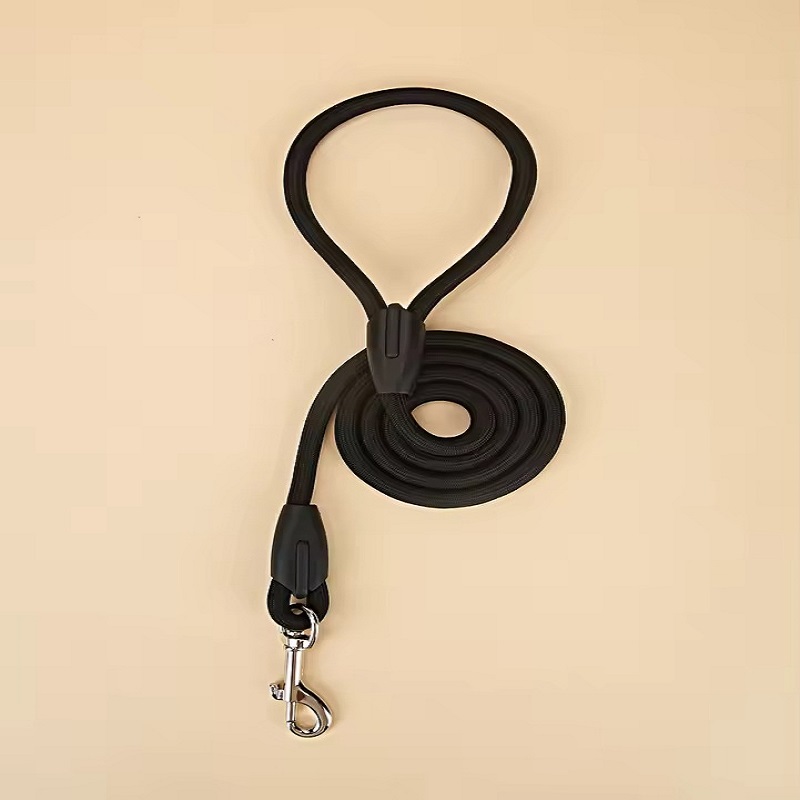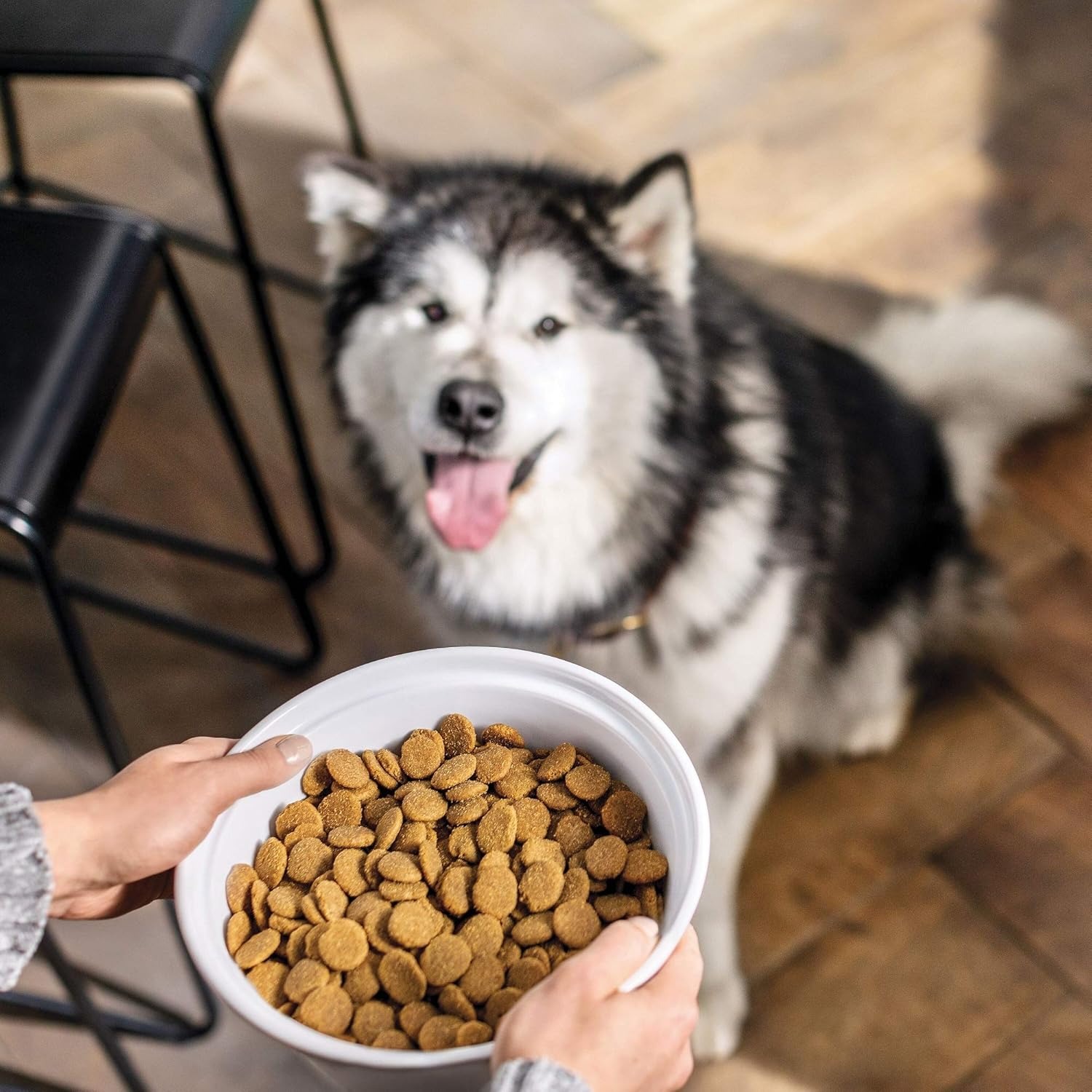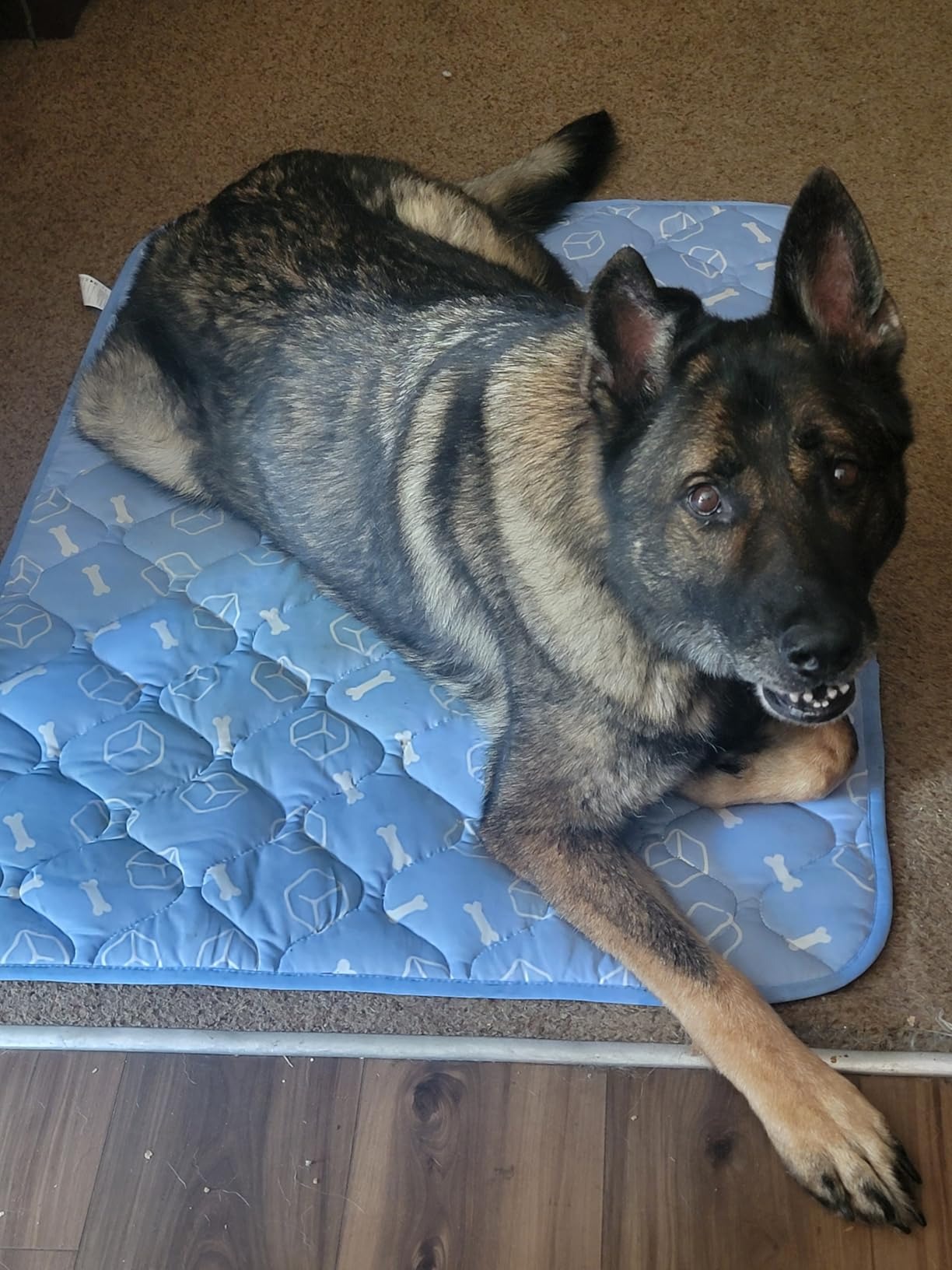The Importance of Proper Dog Training
Proper dog training holds the key to a harmonious life between you and your furry friend. Training goes beyond basic commands and leash management. It builds a language of trust and establishes you as the leader. Good training helps prevent behavior issues. It ensures safety for your dog, yourself, and others.
Dogs thrive on structure and predictability. Proper training introduces routines. These routines guide them in coping in a human-centric world. It’s not just about ‘sit’ or ‘stay’. It’s in the small cues that you are in control and care for their well-being. Training offers mental stimulation. It reduces anxiety and boredom which can lead to destructive behaviors.
Moreover, training is bonding time. It strengthens your relationship. Each session is an opportunity for your dog to please you. The excitement they show with each successful command is not just instant gratification. It’s a building block in their social skills and obedience. Training with ‘licks and leashes’, as we’ll explore, can be both fun and effective.
Begin with patience, consistency, and positive reinforcement. Set realistic goals and don’t rush the process. Celebrate the milestones, whether it’s a perfect ‘heel’ or a day without a chewed-up shoe. Remember, proper dog training is a journey. It sets up a lifetime of companionship marked by mutual respect and love.

Understanding Your Dog’s Body Language
Understanding your dog’s body language is crucial in training and everyday interactions. It’s the gateway to their emotions and needs. Dogs do not speak our language, so they use their body to express themselves.
Recognizing signs of fear, aggression, happiness, or stress helps in responding appropriately. A wagging tail usually shows excitement, but not always. The tail’s position and movement can indicate different emotions. A low wag can mean insecurity, while a stiff, high wag could signal an alert dog.
Ears and eyes are also telling. Forward-pointing ears and wide eyes can mean your dog is focused and curious. On the other hand, flat ears and avoidance of eye contact often show anxiety or fear.
It’s important to observe the whole body. Relaxed posture usually means a calm dog. A tense stance with bared teeth can signal aggression. Your response to these cues can build trust or escalate a situation.
Understanding licks and leashes in body language is key. Licks and leashes can be signs of affection or stress relief. Knowing when to use a leash can guide your dog gently. It keeps them safe while reinforcing training.
Study your dog’s body language daily. It will deepen your bond and make training more effective. Tail wags, licks, and leashes are part of their communication. Pay attention to these details. Training your furry friend becomes clearer when you speak their language.
Introduction to Leashes: Types and Uses
Leashes are more than a tool; they’re essential for your dog’s safety and training. They come in various types, each suited for different needs and activities. Below, we explore some common leash styles and their uses.
Standard Leashes
Standard leashes are the most common type. They’re typically made of nylon, leather, or rope. They range from 4 to 8 feet in length. They work well for everyday walks and basic training.
Retractable Leashes
Retractable leashes offer more freedom of movement. They can extend up to 20 feet or more. These are best for well-trained dogs in open spaces.
Adjustable Leashes
Adjustable leashes can change in length. They have multiple loops or clips. This flexibility is great for training sessions or adapting to different environments.
Chain Leashes
Chain leashes are strong and durable. They’re a good choice for dogs that tend to chew on their leash. However, they can be heavy.
Harness Leashes
Harness leashes connect to a harness instead of a collar. They’re ideal for dogs that pull or have neck issues. They help distribute force more evenly across the body.
In training and daily use, pick a leash that fits the situation. A standard leash is often the best starting point for training. It gives you control without overwhelming your dog. Always use leashes responsibly. Keep your dog’s comfort and safety in mind. Remember, leashes aid in effective training, but they’re not a substitute for proper leash training techniques.
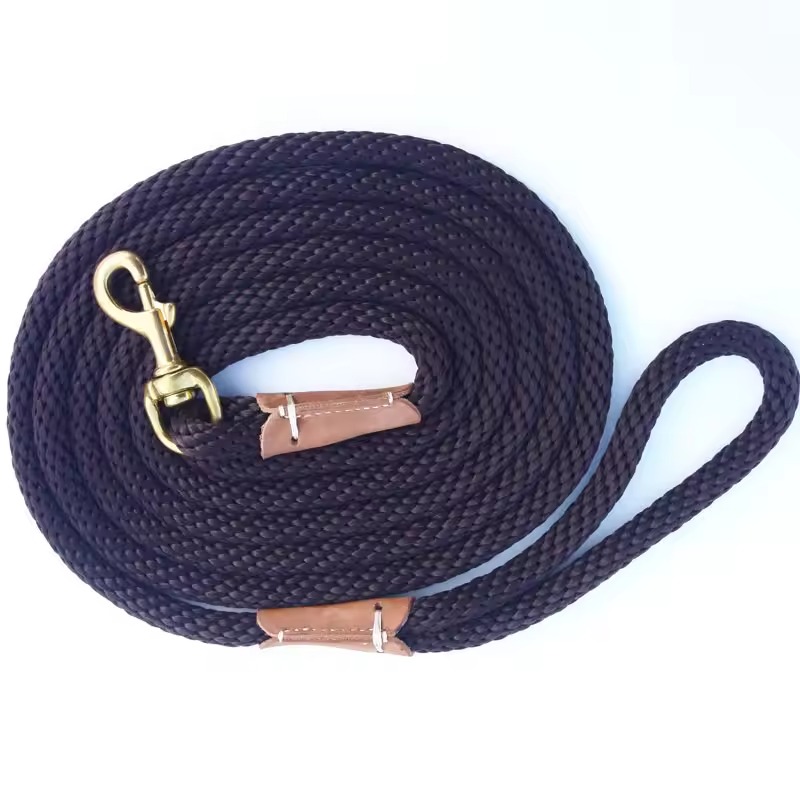
Basic Commands to Teach Your Dog
Teaching basic commands is crucial for effective dog training. Start with simple, fundamental commands that every dog should know. Here are a few essential commands to teach your dog:
Sit
‘Sit’ is often the first command taught. It’s simple and serves as a foundation for other commands. To teach it, hold a treat close to your dog’s nose. Move your hand up, allowing their head to follow the treat, causing their bottom to lower. Once seated, say ‘Sit’, give them the treat, and share affection.
Stay
Teach ‘Stay’ to keep your dog still, even when you walk away. Ask your dog to sit, then open your palm in front of you, and say ‘Stay’. Take a few steps back. Reward them with a treat and affection if they stay.
Come
This command helps keep your dog safe if they wander off. Use a leash at first. Pull gently on the leash while saying ‘Come’. When they move towards you, reward them with a treat and affection.
Down
This is useful for encouraging a calm behavior. Find a quiet place and hold a treat in your hand. Hold the treat near their snout, and move your hand down to the floor. They should follow the treat and lie down.
Leave It
This command prevents them from touching or eating something harmful. Place a treat in both hands. Show them one enclosed fist with the treat inside and say, ‘Leave it’. Ignore their attempts to get the treat. Once they stop, give them the treat from the other hand.
Start with short, positive training sessions. Keep sessions fun and rewarding. Over time, your dog will master these commands, improving both safety and your mutual bond.
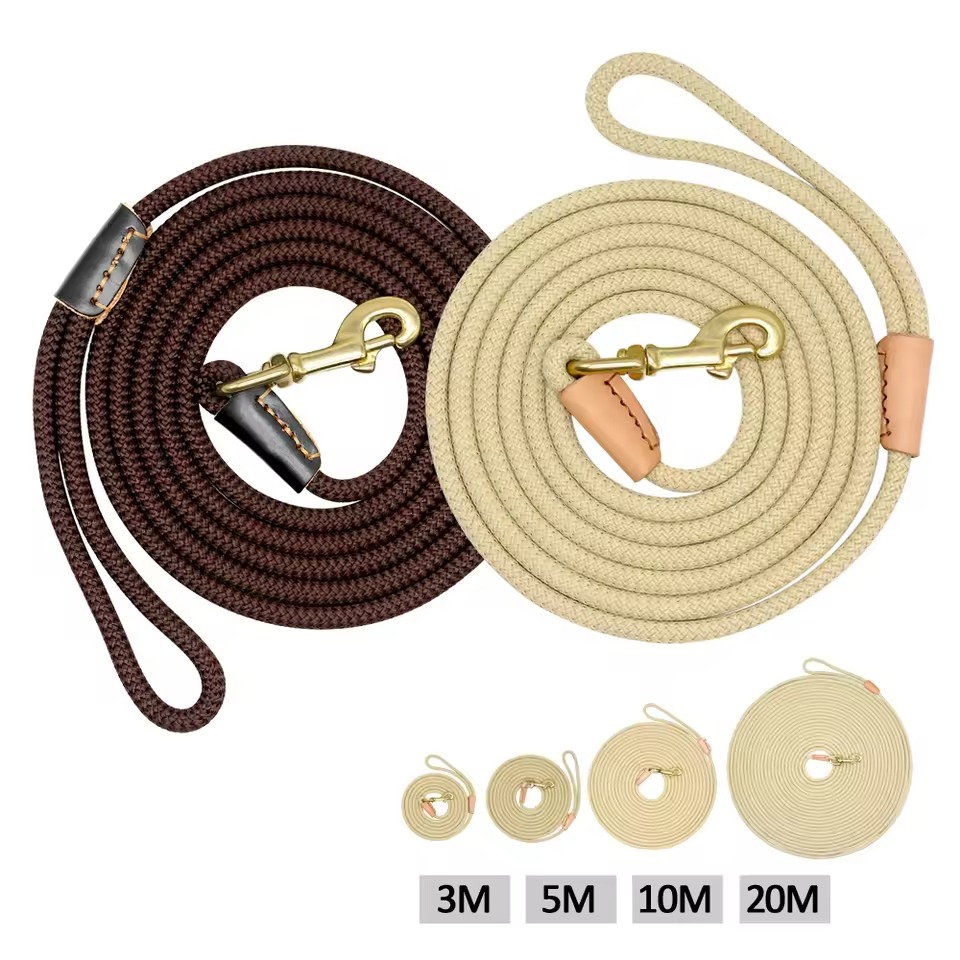
The Role of Licks in Dog’s Communication
Licks are a significant part of dog communication. They convey complex feelings and intentions. Understanding why dogs lick is crucial in training and interacting with them.
Licks can imply submission. It shows you’re the leader of their pack. When a dog licks a human, it may also seek attention or affection. This is their way of showing love or asking for comfort.
Stress relief is another reason dogs lick. It can be self-directed to calm themselves, or towards others to soothe. For instance, dogs often lick other dogs or humans when anxious or nervous.
Recognizing these signs can improve how you respond to your dog’s needs. It makes training sessions more effective. Always consider the context of the lick. Is your dog stressed, happy, or just respectful? Knowing this helps in responding appropriately.
Use licks as cues for your reactions and commands. A stressed lick might mean it’s time for a break. A happy lick can be a good time to reward them. Correct interpretation builds trust and improves training. Pay attention to licks and leashes signals. They help you understand and communicate better with your furry friend.
Leash Training Techniques and Tips
Leash training is vital for managing your dog in public and preventing mishaps. It forms the core of outdoor safety and establishes a connection between you and your dog during walks. Here’s how you can master leash training with a few techniques and tips.
- Start Early and Consistently: Begin leash training as soon as your puppy is comfortable wearing a collar. Short, regular sessions are better than sporadic, long ones.
- Choose the Right Leash: Use a standard leash for training. Avoid retractable leashes as they offer less control.
- No Pulling: If your dog pulls, stop walking. Stand still or turn the other way. Only proceed when the leash is slack.
- Reward Good Behavior: Praise your dog or give treats when they walk nicely beside you without pulling.
- Use Short Commands: Apply simple words like ‘heel’ to instruct your dog to walk at your side. Be firm but gentle.
- Maintain a Pace: Walk at a steady pace. Keep the leash loose, allowing your dog some freedom.
- Be Patient: Dogs learn at different rates. Encourage progress, even if it’s slow.
Leash training strengthens your bond and makes outings enjoyable. With these techniques, walks become a time for both leadership and companionship. Balance discipline with affection and practice regularly. Your dog will soon walk alongside you calmly and attentively.
Balancing Discipline and Affection in Training
Training your dog is a fine mix of firmness and love. Discipline is key to set clear rules. But affection is just as important to show support and build trust. To balance these elements, follow these tips.
- Be Consistent with Rules: Consistency helps your dog understand what you expect. Whether it’s a ‘sit’ or a ‘no chew’ rule, be firm every time.
- Reward Efforts: Always praise or reward your dog when they follow a command correctly. This reinforces good behavior.
- Time-Outs for Discipline: If your dog breaks a rule, use a time-out. No need for harsh reprimands. A simple pause in attention can be effective.
- Affection as Motivation: Dogs live for your praise and affection. Use it to motivate them. A belly rub or kind words can work wonders.
- Stay Calm: Even when rules are broken, stay calm. Dogs can feel your frustration which may make training harder.
- Balance in Sessions: Include both discipline and affection in training sessions. This helps maintain a positive atmosphere.
With these approaches, licks and leashes become tools for a happy, disciplined pet. It’s all about finding the middle ground. Your dog will thrive with a balance of structure and warmth in their training regime.
Addressing and Correcting Unwanted Behaviors
Even the best training journey may face the challenge of unwanted behaviors. Addressing and correcting these is key for a well-behaved dog. Consistency and patience are your best tools here. With the right approach, your furry friend will learn the dos and don’ts of good behavior.
- Identify the Behavior: Spot the issue. Is your dog barking too much, jumping on guests, or chewing on shoes?
- Understand the Cause: Find out why. Is it fear, boredom, or a lack of exercise? Know the root to fix the problem.
- Be Clear and Timely: Say ‘no’ to bad behaviors as they happen. Late reactions can confuse your dog.
- Redirect the Energy: Offer an alternative. If they chew on shoes, give a chew toy instead.
- Stay Positive: Use the positive reinforcement. Praise good behavior more than punishing the bad.
- Consistency is Key: Always respond the same way to the unwanted behavior to prevent confusion.
- Train Alternatives: Teach commands like ‘leave it’ or ‘sit’ to stop bad behaviors before they start.
- Exercise: A tired dog is a good dog. Make sure they get enough playtime to use up extra energy.
- Socialization: Exposure to different settings can reduce fear and aggression.
- Seek Professional Help: If things are tough, get a trainer. They can offer insight and new strategies.
These steps, rooted in the principle of ‘licks and leashes’, ensure your dog understands the rules. Stay patient and attentive. With time and practice, negative behaviors can turn into positive actions. Balancing discipline and affection makes this journey smoother. Remember, training is a process. Stick with it and enjoy the rewards of a well-trained companion.






